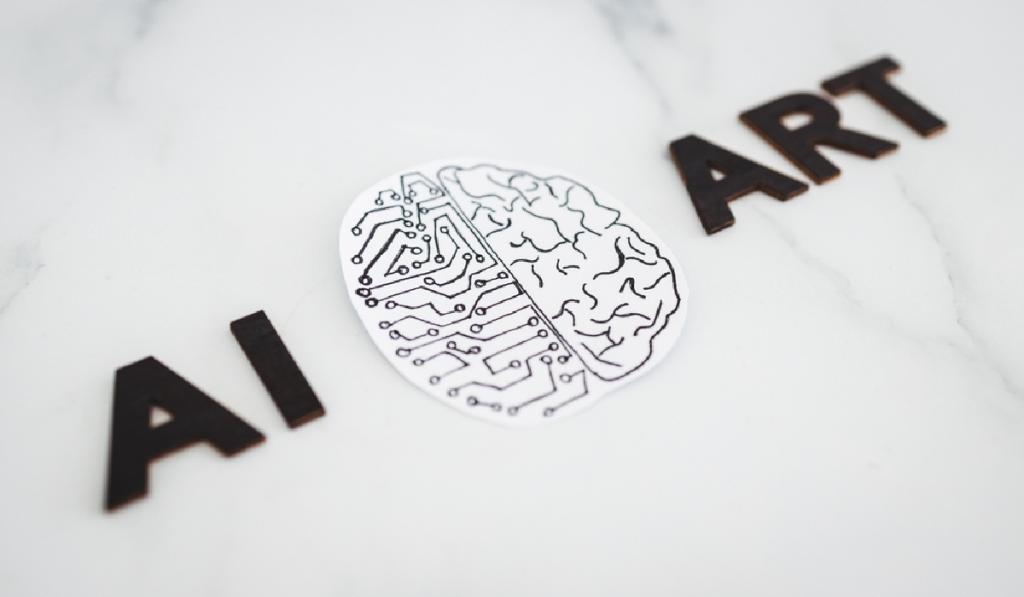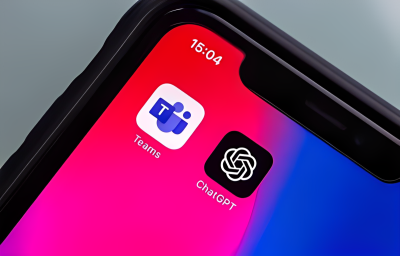Highlights:
- The newly released service aims to resolve the use of artwork in AI creation by facilitating direct collaboration and payments to artists if their style is used to develop generative images.
- Waterlily’s AI model utilizes only the works of living artists registered on the website or works that have entered the public domain.
Given that generative AI like Open AI LP’s ChatGPT and Stable Diffusion are trained on extant content such as images, text, and video, the rise of artificial intelligence has also provoked greater ethical concerns regarding copyright and fair use.
Contrarily, an artist named Grimes has embraced AI and stated that she is okay with others using her voice as long as they share revenue from AI-generated works. Whereas other artists are litigating over the use of their artwork to train AI models.
The newly released service aims to resolve the use of artwork in AI creation by facilitating direct collaboration and payments to artists if their style is used to develop generative images.
Expanso Inc., Protocol Labs Inc., and the Filecoin Foundation are marketing a service called Waterlily as an ethical alternative to current image generation tools that “exploit styles, images, and likenesses without proper attribution, consent, or payment.” According to Waterlily, it provides an “ethical, efficient, and equitable rails alternative for the AI-generated art world.”
The intention is for people to be able to use Waterlily to create AI images while respecting the artists whose artworks get used by compensating them. Users of Waterlily can input a text prompt, choose an artist, and pay a nominal fee for the platform’s generative art. It generates images based on the text prompt and artist style selection and returns them to the user for download.
In addition, Waterlily’s AI model utilizes only the works of living artists registered on the website or works that have entered the public domain. With living artists, Waterlily collects user fees, deducts a small portion of the service’s operating costs, and pays the remainder amount to the artist. In public domain artworks, Waterlily donates all fees collected, minus the cost of computation, to a charity that champions support for digital creators.
The service implements a Stable Diffusion model, and neither artists nor consumers require programming expertise. Artists can easily upload their works using standard tools, and users can create their own custom generative images using the interface’s intuitive design.
Alison Haire, Project Lead at Waterlily stated, “Generative AI has been transformative in allowing users to create images in a variety of styles. But the current standard of generative AI tools often uses pre-existing images without proper attribution, consent or revenue given to the original creator.”
Alison Haire added, “Waterlily was created to address this problem and allows artists to opt into AI-art derivatives by securely and privately uploading their images to a service that trains a model in their style”, while stating that developing AI models is difficult for artists.














